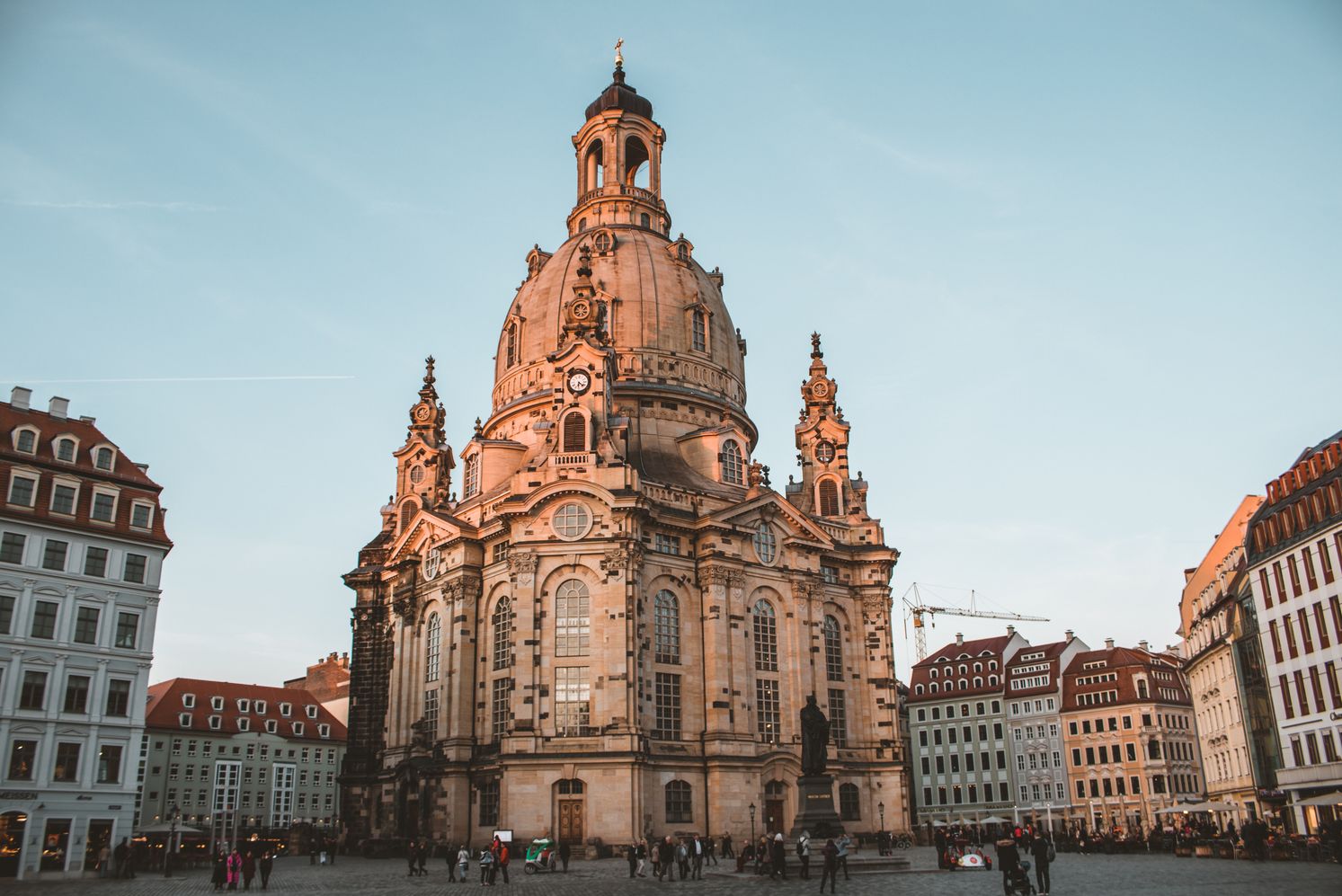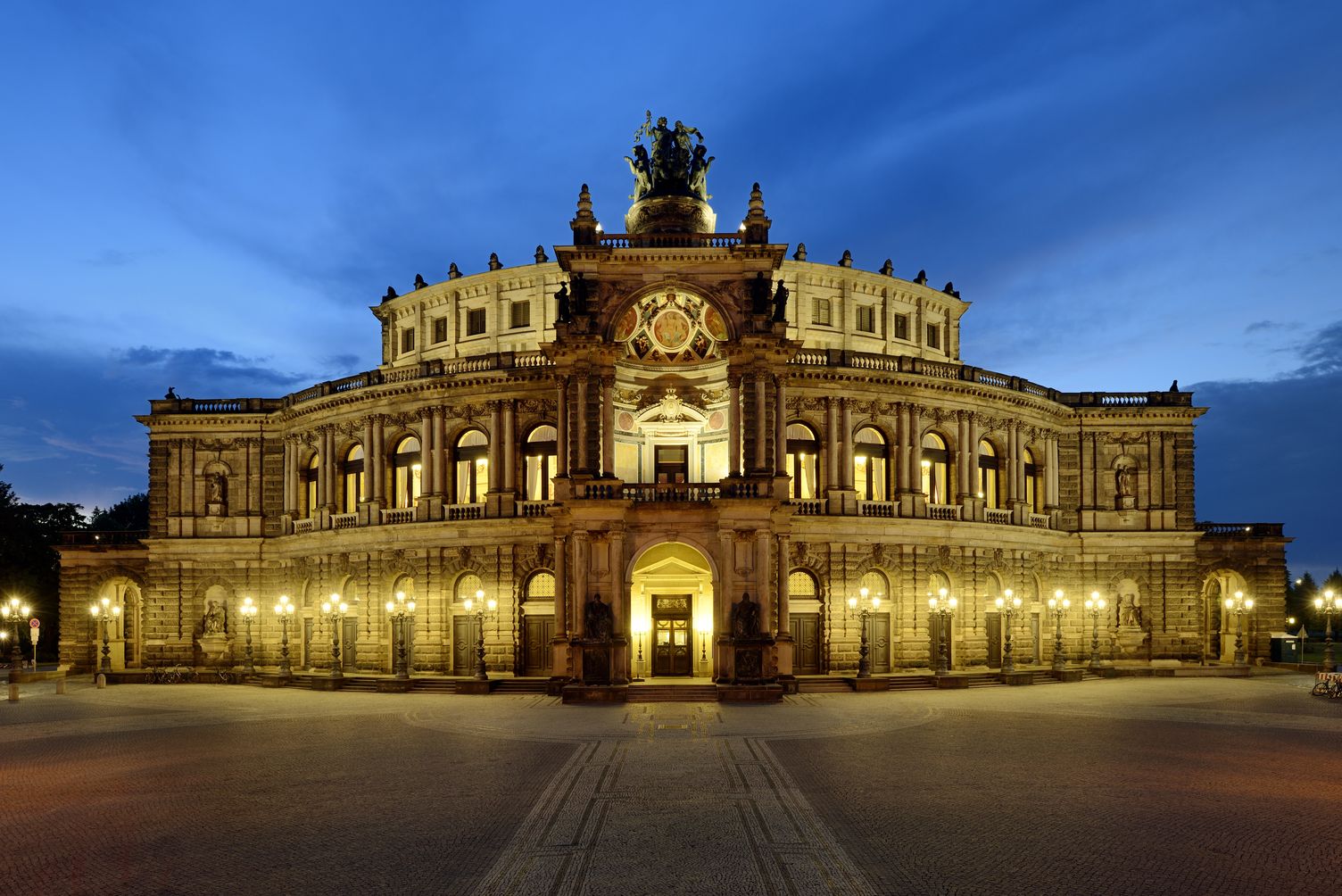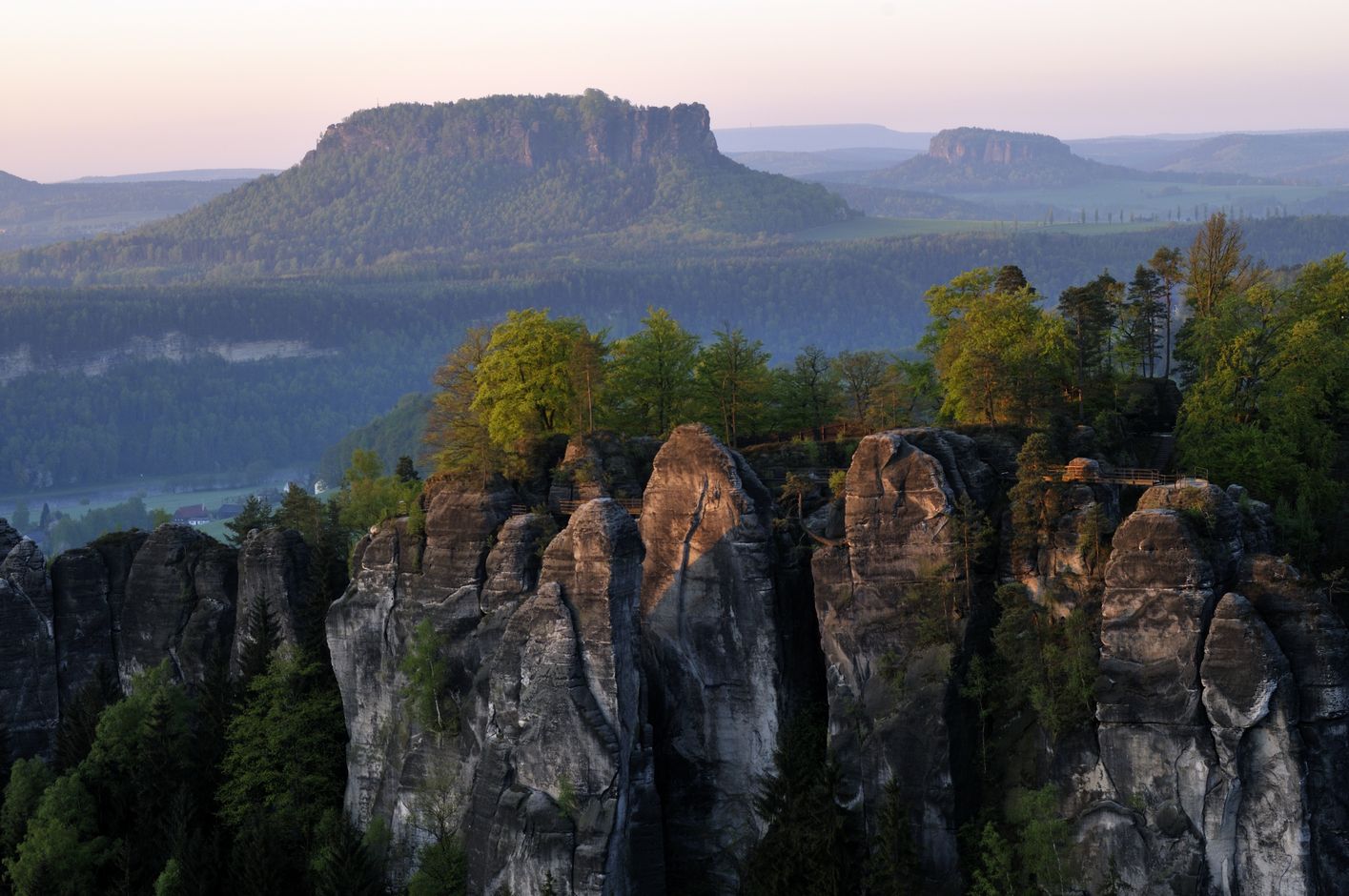Travel
Frauenkirche
As of October 30, 2005, the Frauenkirche’s steeple once again dominates the Dresden skyline, symbolizing a remarkable act of international reconciliation in the aftermath of World War II. The church’s consecration drew worldwide attention, with millions flocking to experience its grandeur. Built between 1726 and 1743 according to the designs of George Bähr, the church’s distinctive dome, known as the “stone bell,” tragically collapsed during the bombings on February 15, 1945. Once a poignant anti-war monument during the GDR era, the church has now been beautifully restored. This monumental project was made possible through the generosity of both German and international donors, making the Frauenkirche a true symbol of peace. Additionally, the Neumarkt quarter is poised to regain its status as the vibrant historical center of the city.Semper Opera House
Renowned as the most famous opera house in Germany, Dresden’s Semper Opera House is the proud home of the Saxon State Orchestra, one of the globe’s oldest and most distinguished orchestras. Constructed by the talented architect Gottfried Semper between 1838 and 1841, this architectural gem was shuttered in August 1944 and tragically destroyed by Allied bombings six months later. The path to its restoration was a long and arduous one, leaving the citizens of Dresden without their cherished landmark until 1985. The opera house was ceremoniously reopened on February 13, 1985, precisely 40 years after its devastation, with a stunning performance of “Der Freischütz” by Carl Maria von Weber. The “Dresdener Festtage” in February and March 2010 honored the reopening by introducing the Dresden Peace Prize, awarded to Mikhail Gorbachev. Furthermore, the Semper Opera Ball, a glamorous event, takes place every January, solidifying the opera house’s role in the cultural fabric of the city.
Zwinger
Constructed between 1710-28 by architect Pöppelmann and sculptor Permoser, the Zwinger Palace was originally meant for court festivities and as an orangery, but was later repurposed for exhibitions. It is considered the finest example of Late Baroque architecture in Germany. The Semper Gallery was added from 1847-55. Inside the palace, you’ll find the Old Masters Picture Gallery, the Porcelain Collection, and the Museum of Mathematics and Physics.
Saxon Switzerland
Discover the breathtaking beauty of the Elbe valley and table mountains from the iconic Bastei Rocks. Experience the magic of Rathen’s natural open-air theatre, showcasing opera, theatre, and Karl May’s captivating American Indian stories. Explore the historic Koenigstein Fortress and the enchanting Baroque Garden Gross-Sedlitz. Don’t miss Pirna, the gateway to Saxon Switzerland, and embark on a memorable journey through the Elbe Sandstone Mountains on a historic paddle-steamer.
Dresden Elbland Region
The Saxon Elbe region is famous for its Saxon wine, the renowned blue swords of the Meissen porcelain, the Karl May Museum, and the steam-driven Loessnitz valley railway. To explore the region’s charming towns and cities such as Dresden, Meissen, Riesa, and Torgau, the best options are either biking or taking a ride on the steam engine, which the locals endearingly refer to as the Loessnitz hound dog.
For more information please visit:
-
TU Dresden
Professur für Hochfrequenztechnik
Helmholtzstraße 10
01069 Dresden, Germany
-
TEL: +49 351 463-33941
FAX: +49 351 463-37033











